HLTDEN002: Comprehensive Analysis of Dental Radiography Principles
VerifiedAdded on 2023/06/11
|6
|1116
|216
Homework Assignment
AI Summary
This assignment provides comprehensive answers to questions related to dental radiography, covering topics such as film processing techniques (both manual and automated), storage and maintenance of radiographic films and solutions, digital radiography, and the use of Orthopantomograms (OPG). It discusses the steps involved in preparing films for automatic processing, including safety precautions and buffer times. The assignment also explains the manual processing of X-ray films, detailing the developing, washing, fixing, and drying stages. Furthermore, it addresses the storage and maintenance protocols for unprocessed films, emphasizing temperature and humidity control. The advantages and disadvantages of digital radiography are explored, along with its applications in urgent dental imaging scenarios. Finally, the assignment describes the use of OPG in dental check-ups and the importance of proper patient preparation and positioning during the procedure. This document provides a detailed overview of key concepts in dental radiography.
1 out of 6
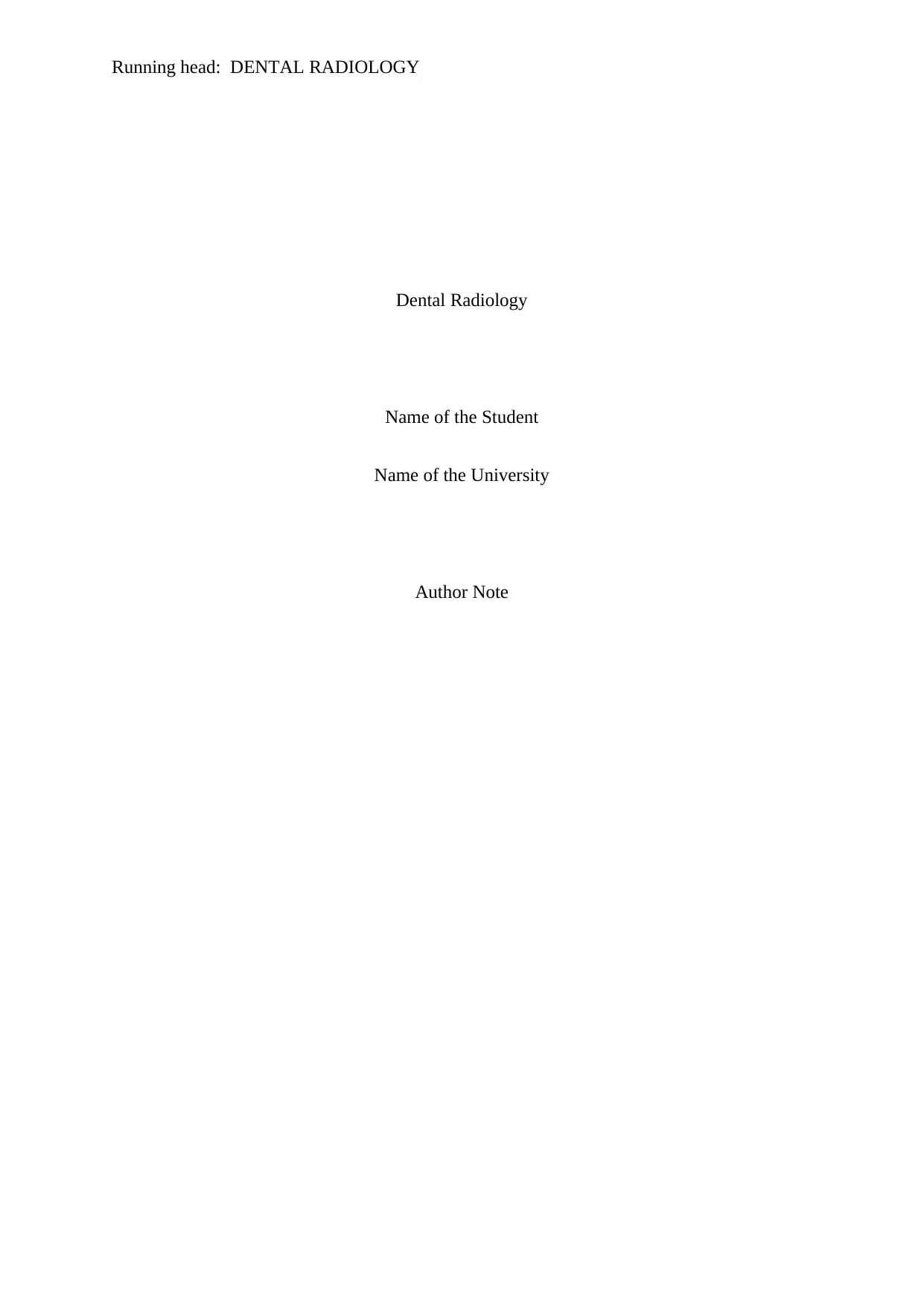
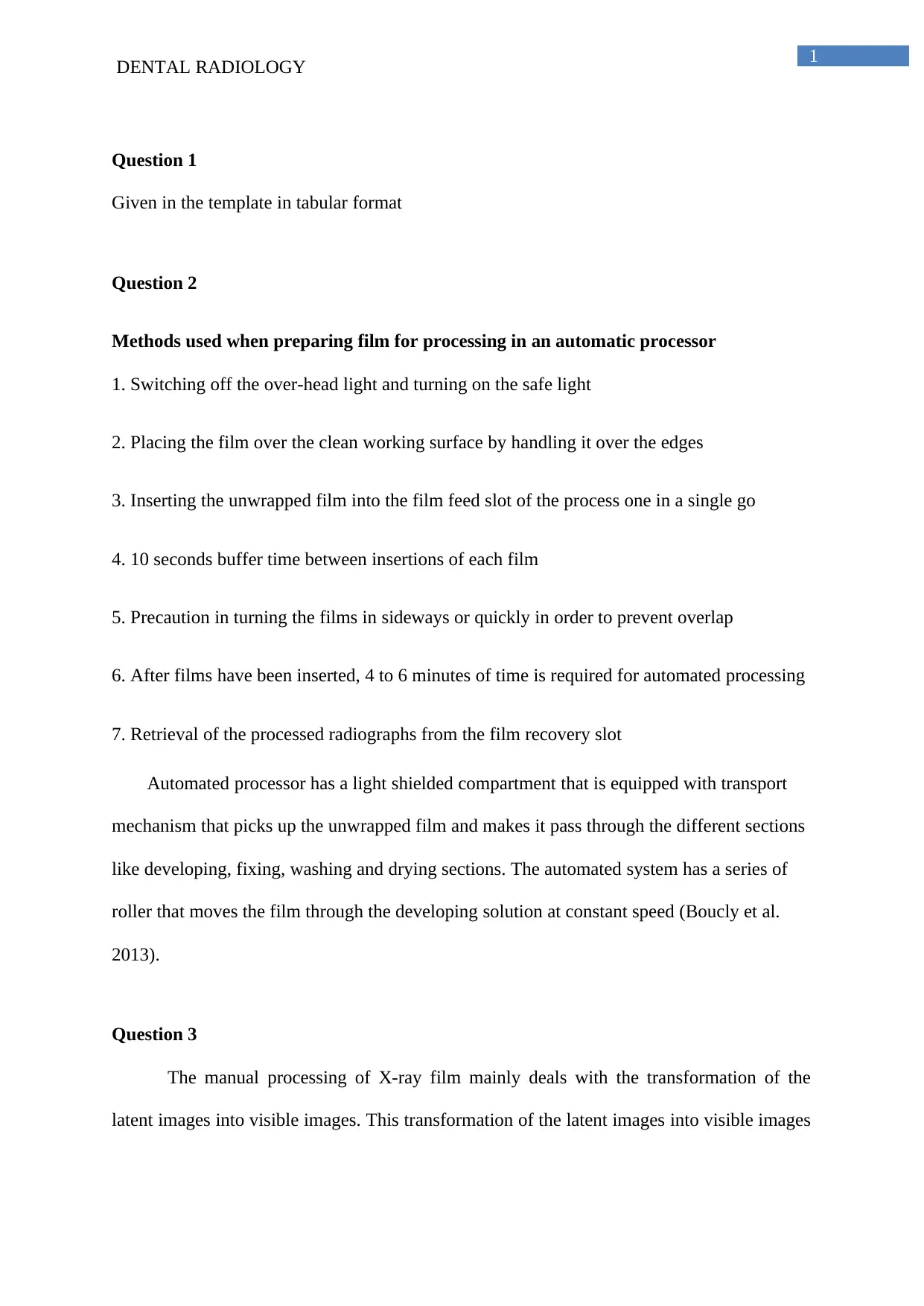
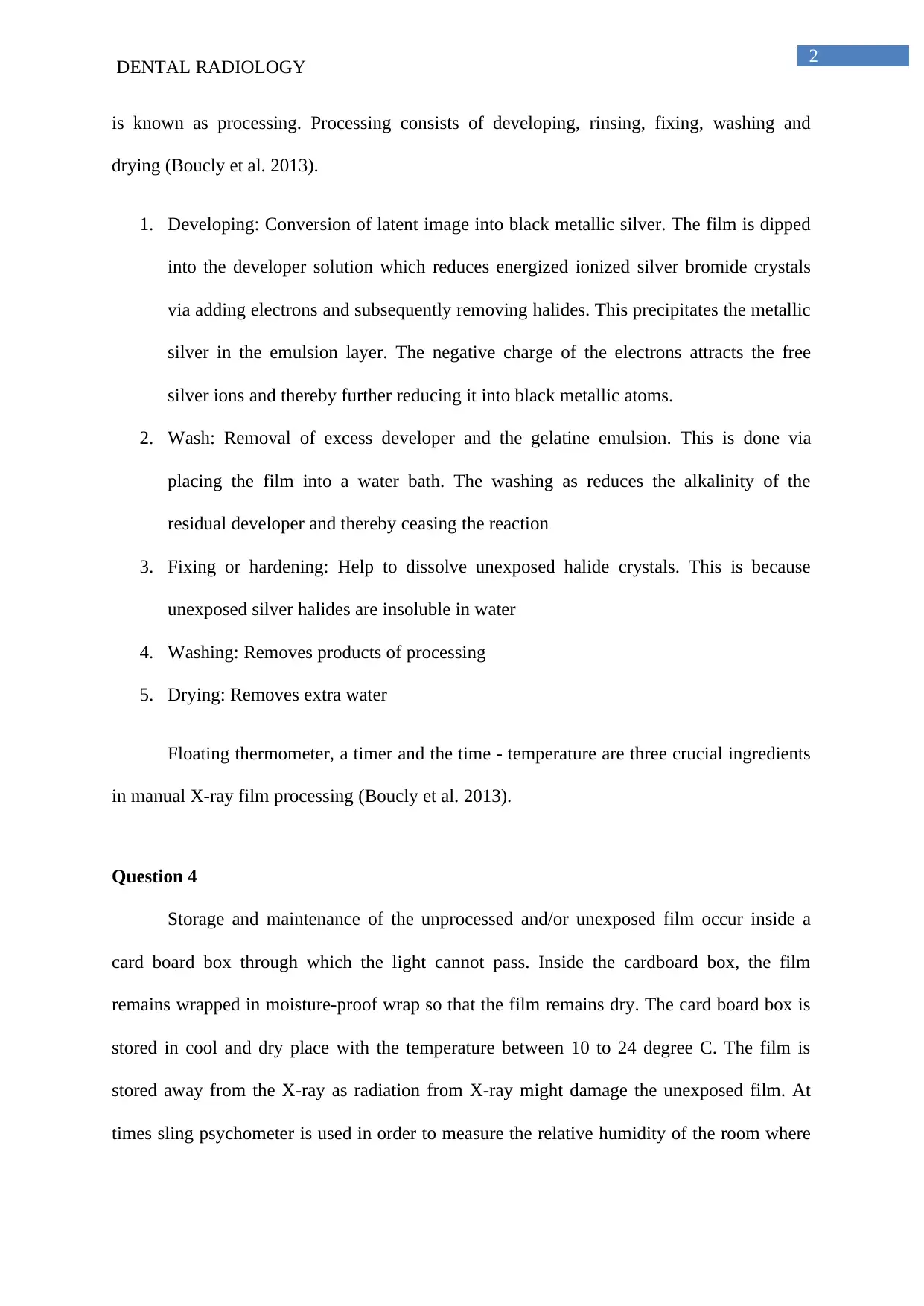

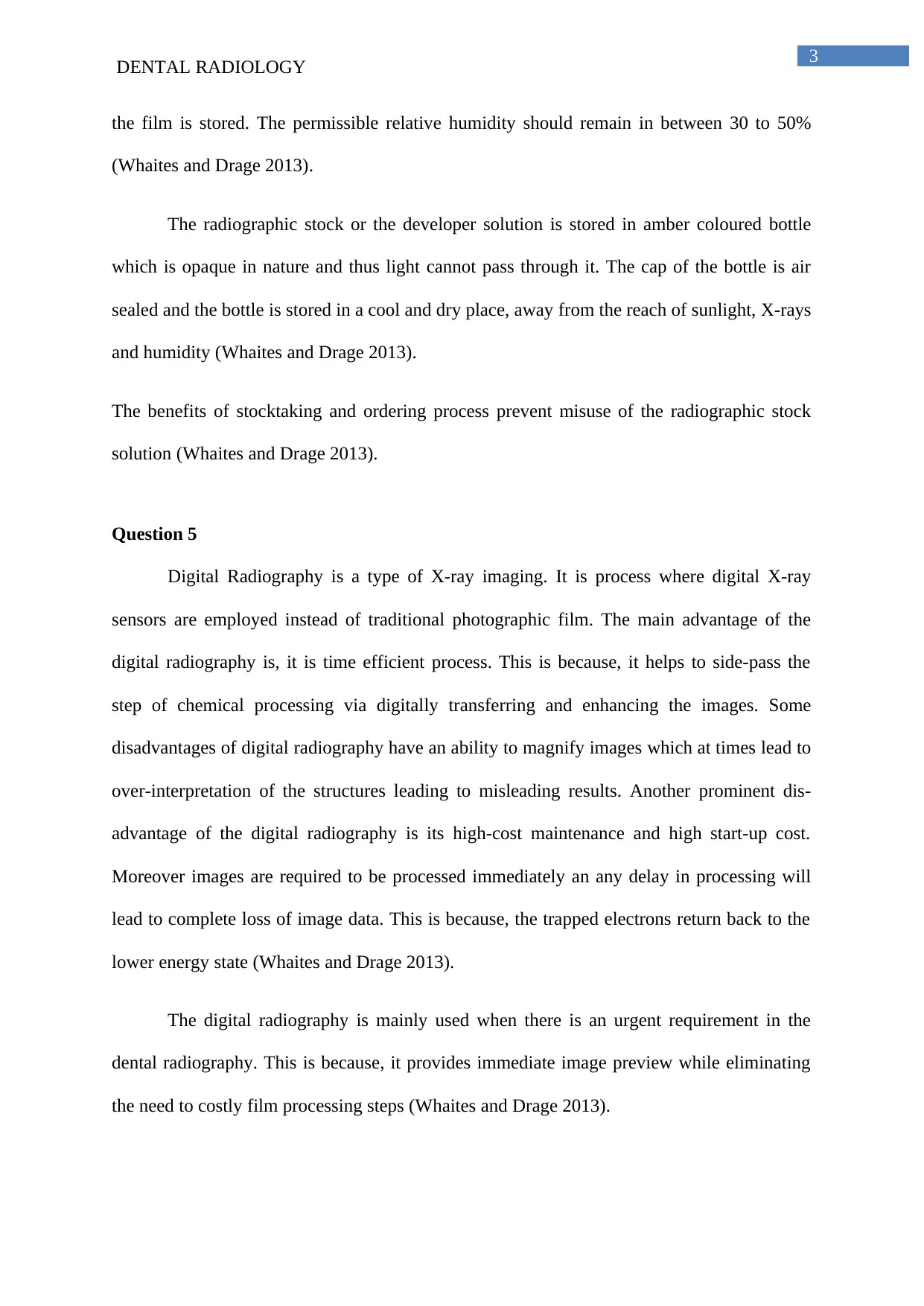
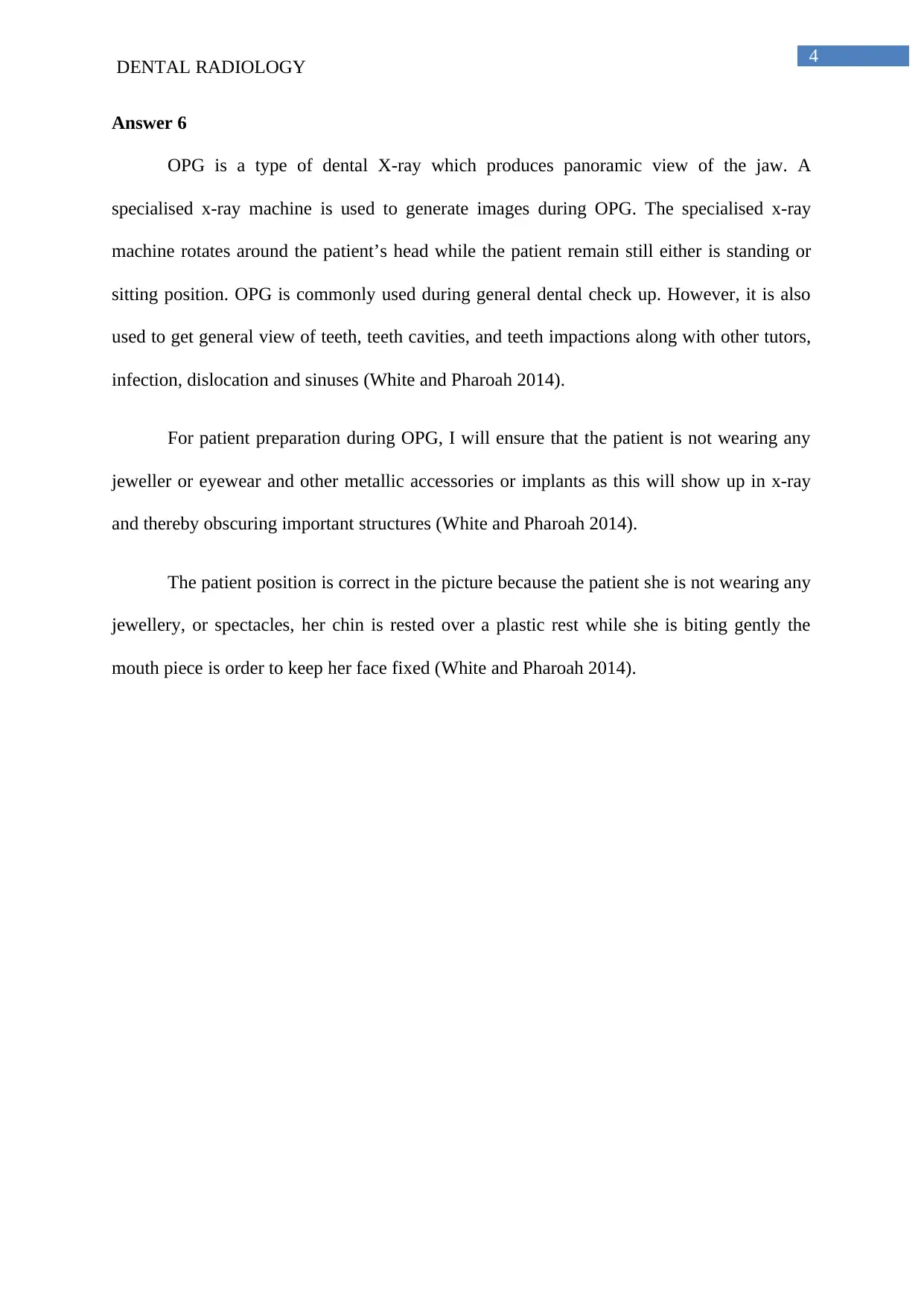


![[object Object]](/_next/static/media/star-bottom.7253800d.svg)